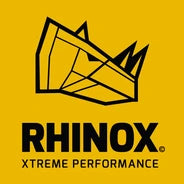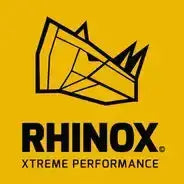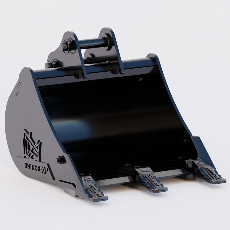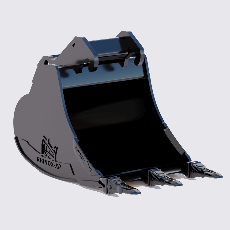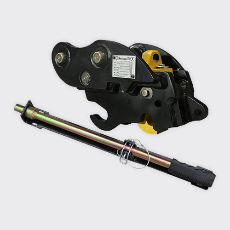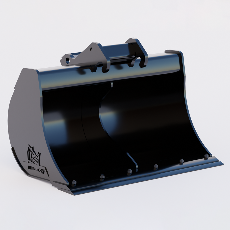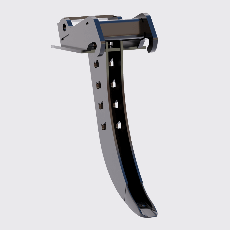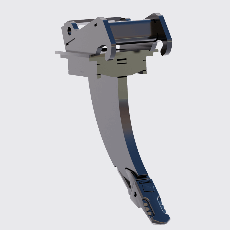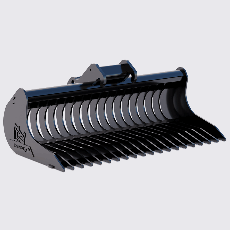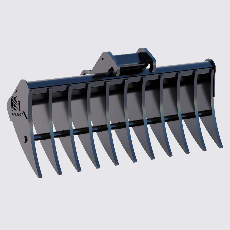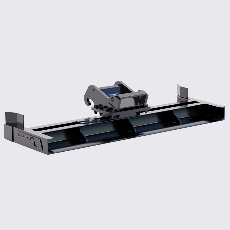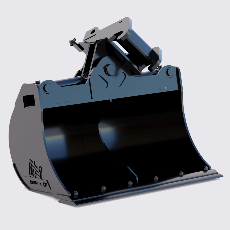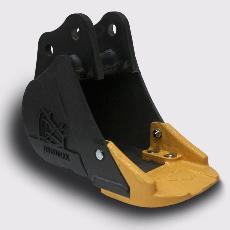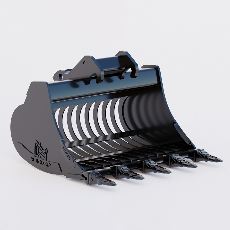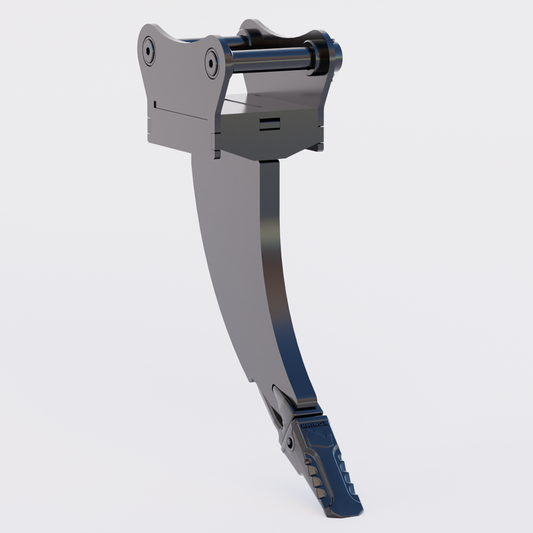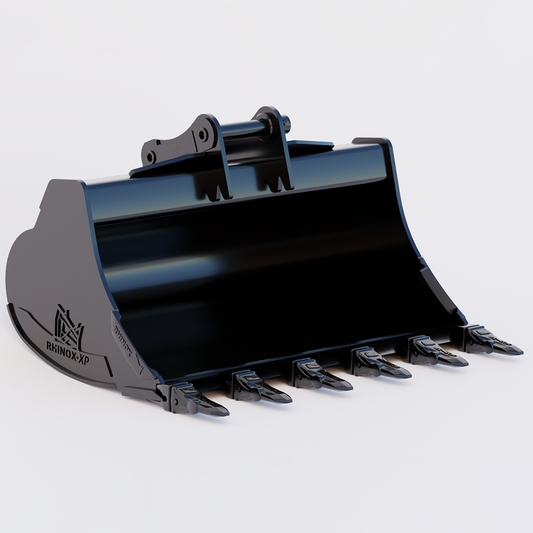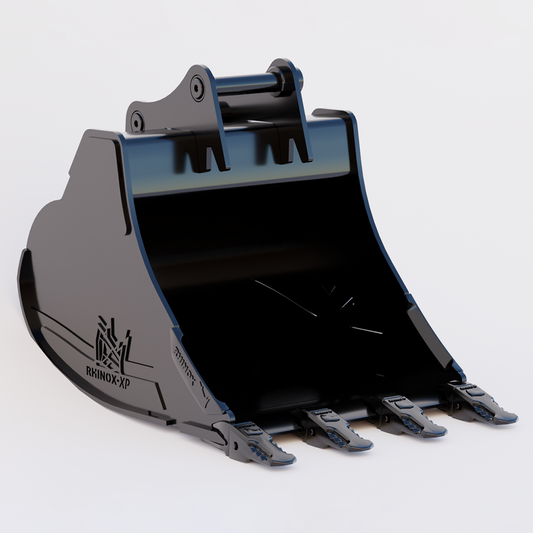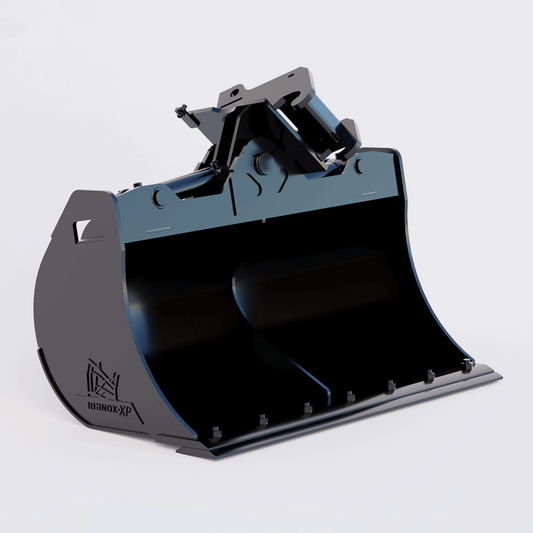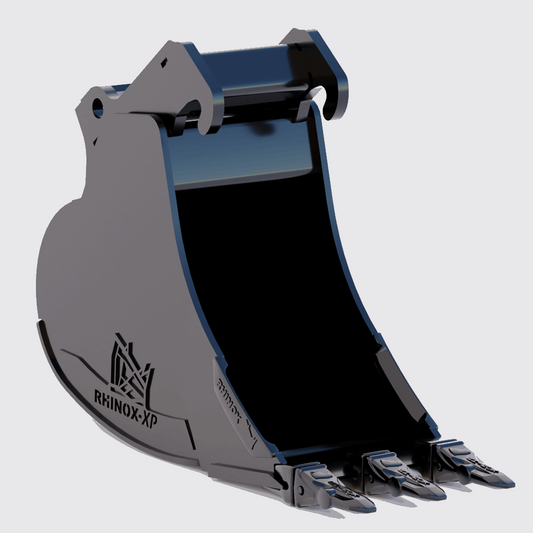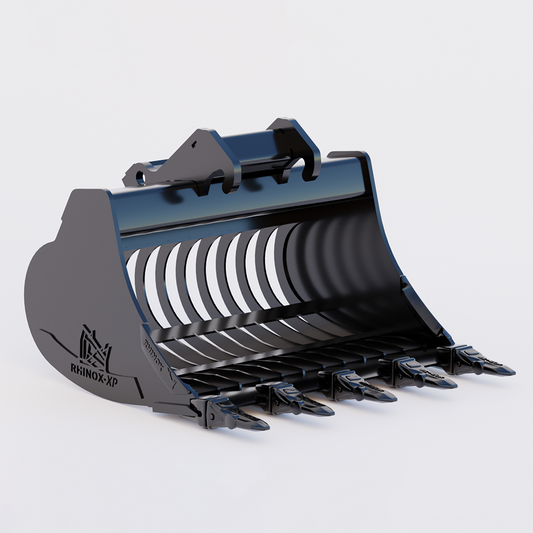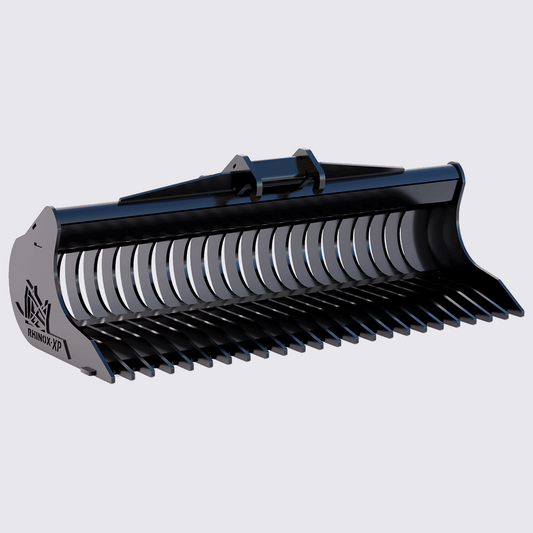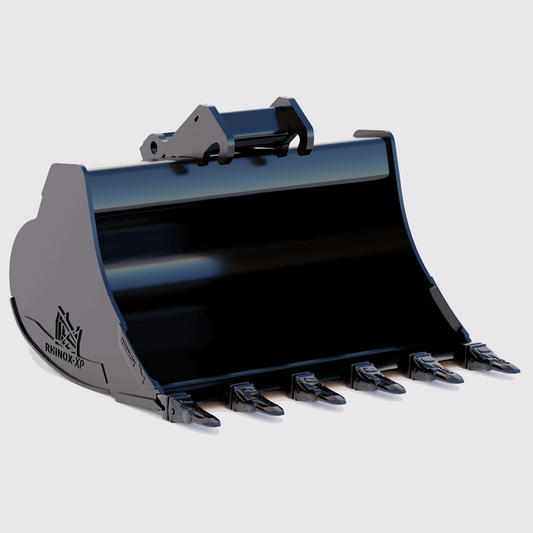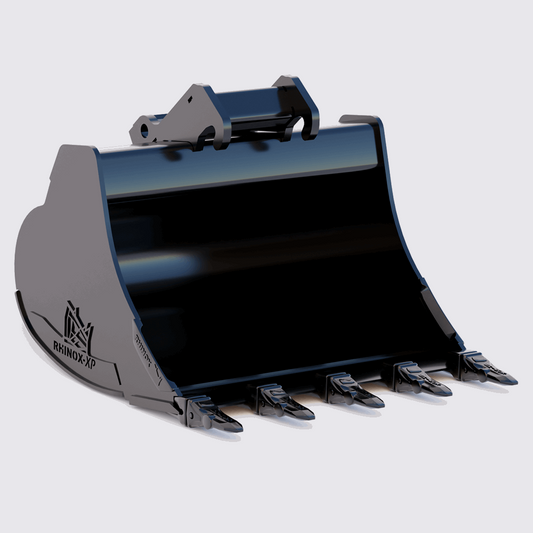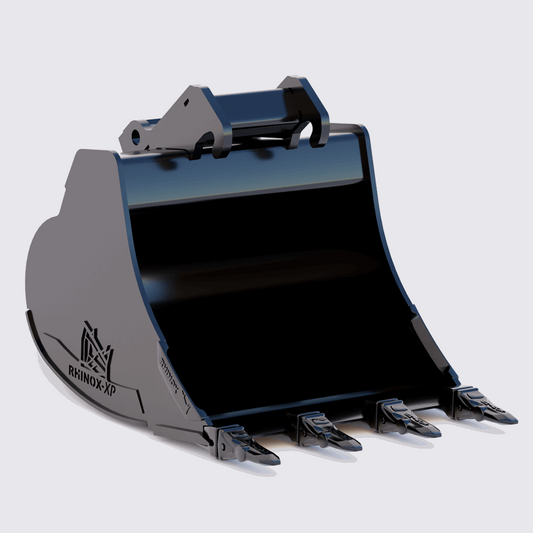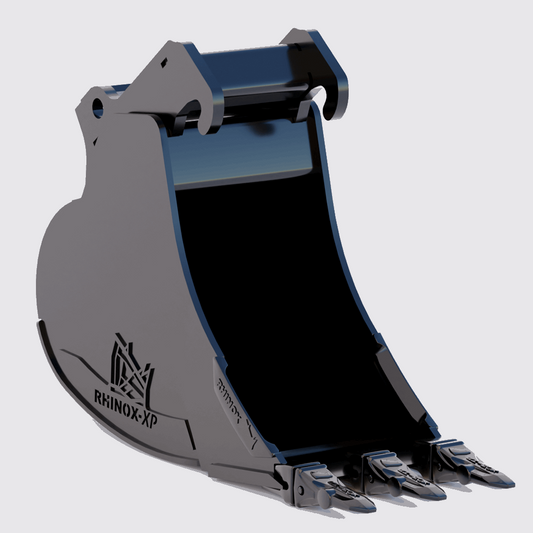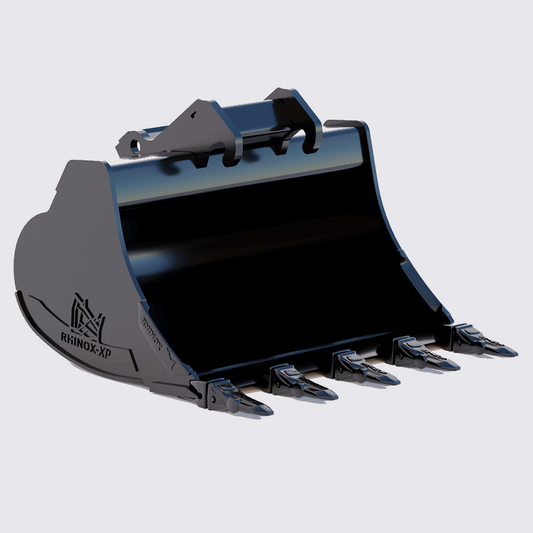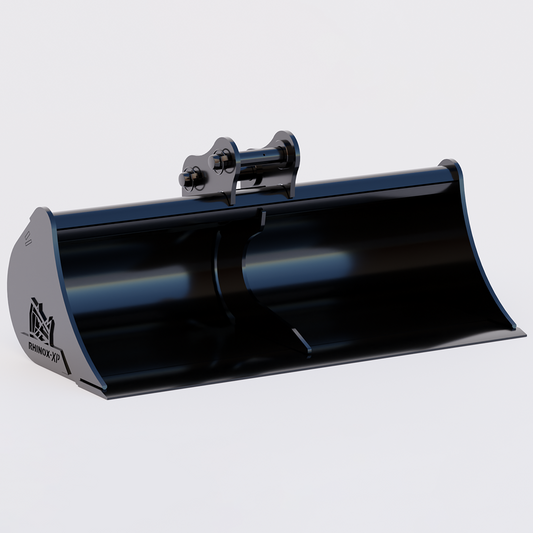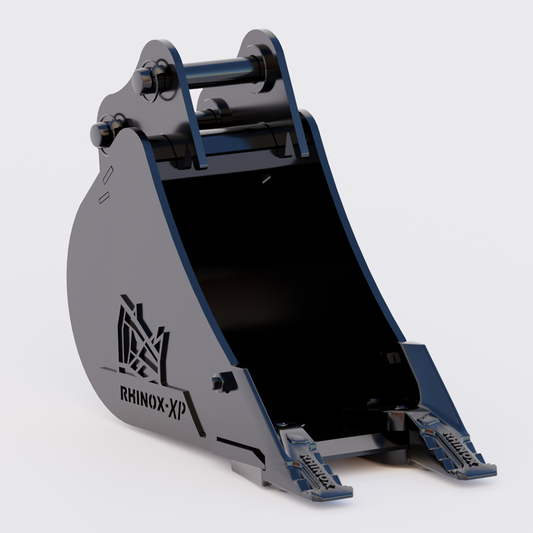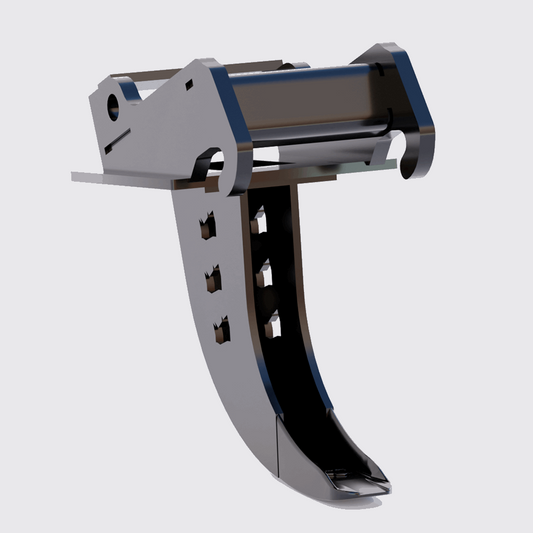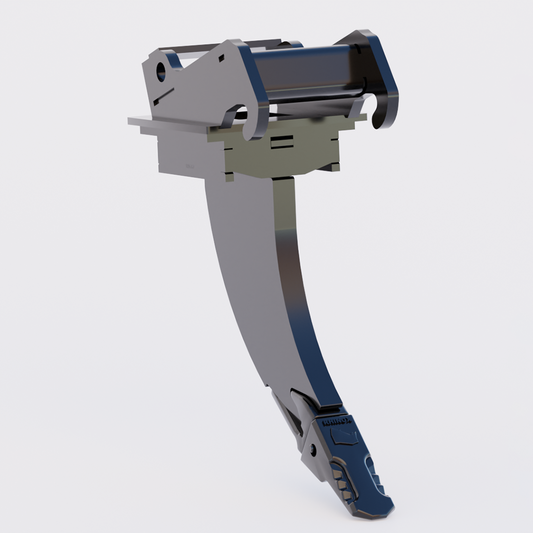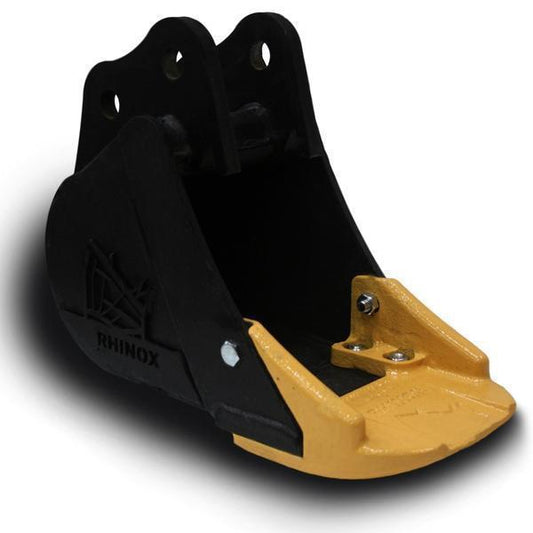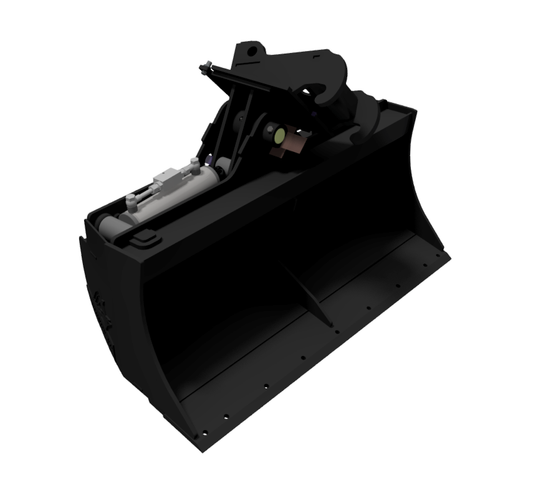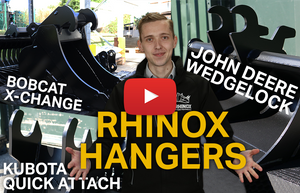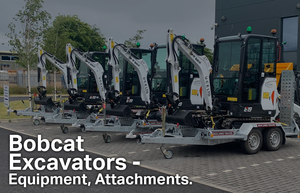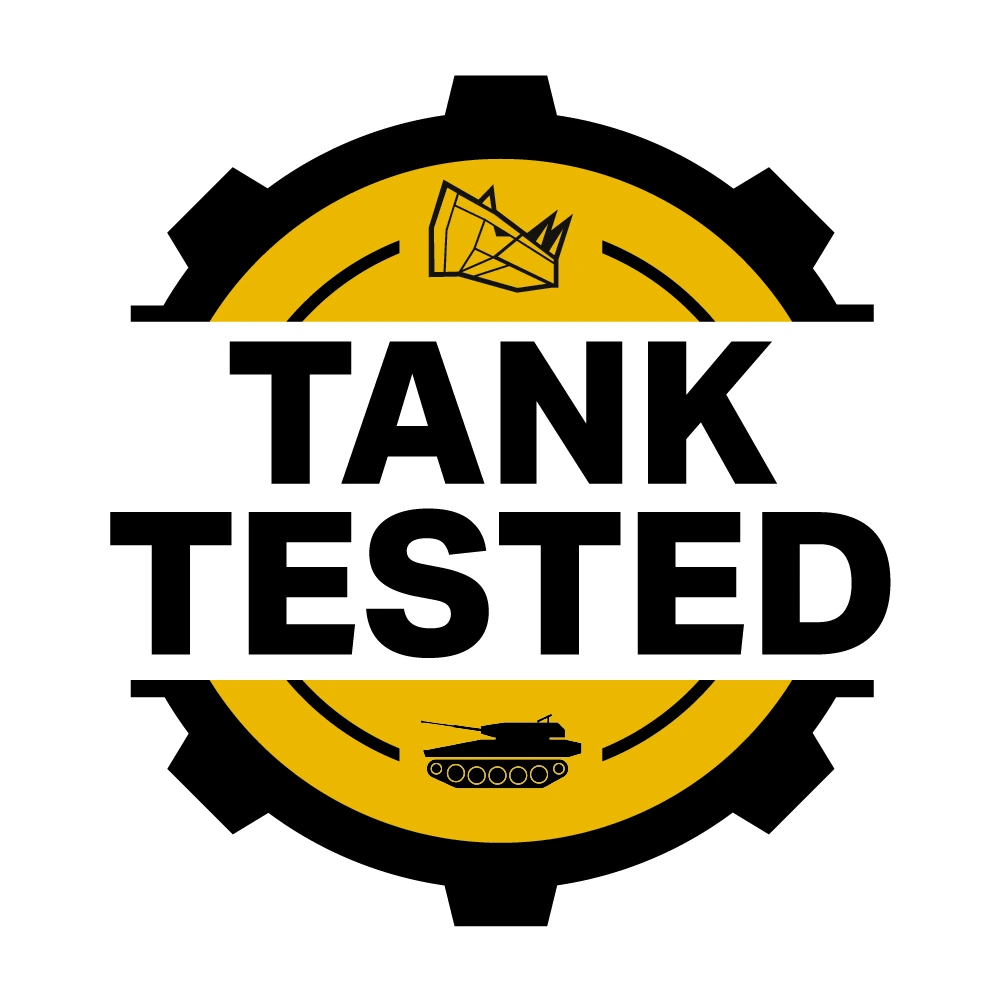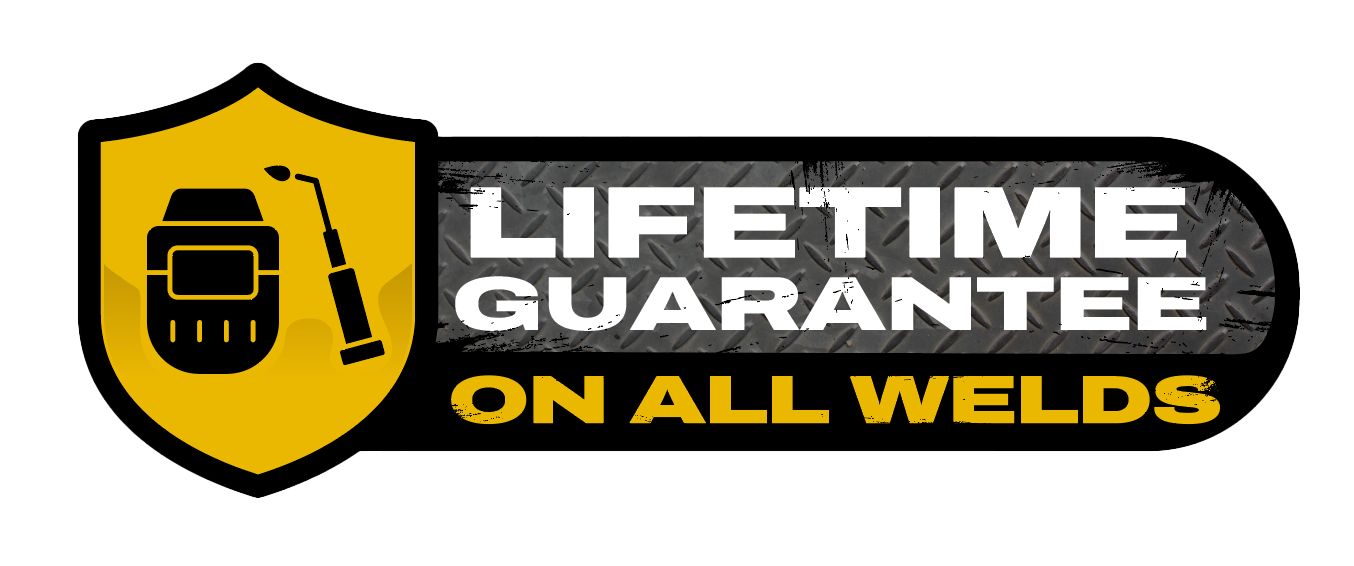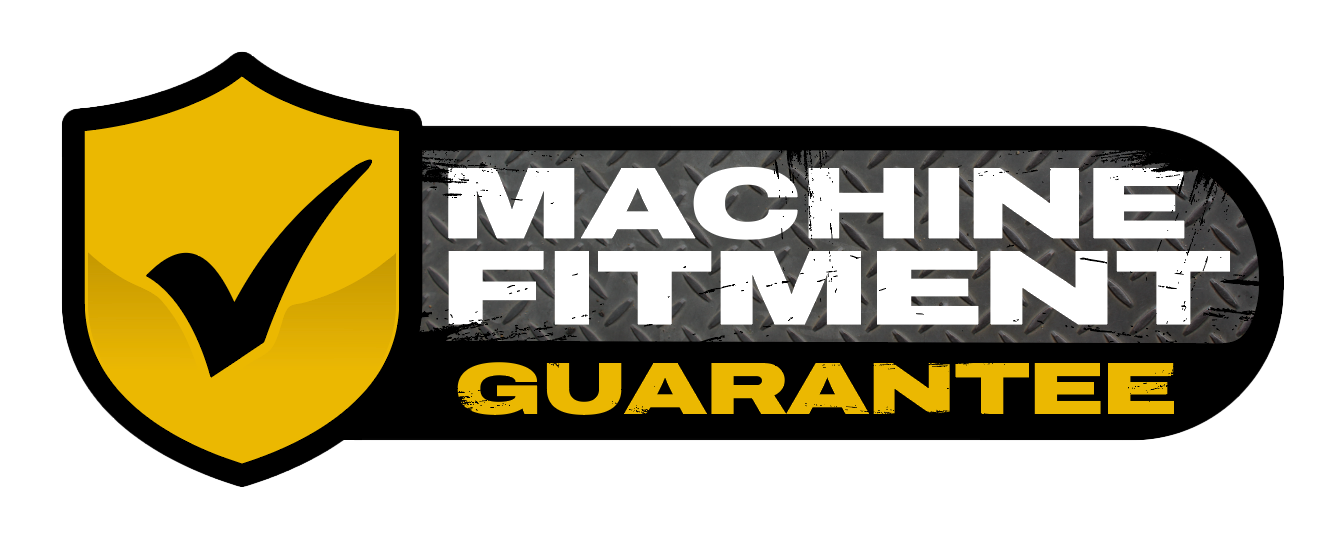Bobcat FAQs
The width of a Bobcat excavator can vary significantly depending on the machine make and model. Generally, Bobcat mini excavators have widths ranging from around 39 inches to about 78 inches (1.08 to 2.16 yards). For example, smaller models like the Bobcat E10 have a width of approximately 28 inches (0.77 yards) when tracks are retracted, while larger models such as the Bobcat E165 have a width of around 98 inches (2.72 yards).
When it comes to the width of a Bobcat bucket, it also varies depending on the specific bucket and the model of the excavator it's designed to fit. So, how wide is a Bobcat bucket? Generally, Bobcat excavator buckets come in widths ranging from 6 to 48 inches (0.16 to 1.3 yards), with wider variations available for grading buckets and micro trenching buckets. This variety ensures that you can select a bucket that best suits your specific needs, whether you’re performing narrow trench digging for irrigation or handling larger loads.
A Bobcat bucket's weight varies depending on how big the bucket width is and the specific excavator it is designed to fit, typically ranging from 40 lbs and 1,300 lbs. For example, a 6 inch wide excavator bucket for a Bobcat E10 typically weighs around 40 lbs, compared to a 48 inch excavator bucket for the Bobcat E145 which weighs in at around 1,250 lbs.
Bobcat excavators come in various sizes, with compact models such as the Bobcat E10 mini excavator weighing about 2,593 pounds and having a dig depth of 5.2 feet, while mid-sized models like the Bobcat E35 weigh approximately 7,659 pounds with a dig depth of 10.2 feet. The largest models, such as the Bobcat E165, can weigh up to 18,977 pounds and offer a dig depth of over 19 feet. This wide range allows Bobcat excavators to meet diverse operational needs, from light landscaping tasks to heavy construction projects.
Bobcat excavators are manufactured by Bobcat Company, a part of the South Korean company Doosan Group. The production of Bobcat excavators takes place in various locations around the world to meet global demand. Primarily, these excavators are made in the company's main manufacturing facility in Gwinner, North Dakota. But Bobcat also has production plants in the Czech Republic and China, which help cater to the European and Asian markets.
Buckets for Bobcat excavators are produced by several manufacturers. At Rhinox, we are proud to be a leading manufacturer of Bobcat buckets and attachments. We understand the needs and demands of Bobcat users so specialize in creating high-quality, durable and reliable excavator buckets and attachments to stand-up to your jobs.
There are a couple of different ways to change a bucket on a Bobcat excavator, depending on the attachment system that you have. Here, we'll explain the process for directly mounting a standard 2-pin attachment and using the Bobcat x-change quick attach system.
For a standard Bobcat excavator attachment with 2 removable pins, you must start by parking the machine on a flat surface and lowering the boom so the bucket is near the ground. Shut off the engine and release any hydraulic pressure by moving the controls. To remove the Bobcat excavator bucket, locate and remove the lynch pins or bolts that hold the attachment pins in place. Once removed, you can manually pull out the attachment pins to release the bucket. Once you’ve released the bucket you should then be able to lift the boom upwards to completely detach from the bucket. To attach a new Bobcat bucket, align the end of your excavator arm between the mounting holes, reinsert the pins and secure them in place.
For the Bobcat x-change system, follow a similar preparation by parking on level ground, releasing hydraulic pressure and positioning the excavator attachment around a foot off the ground. To remove your bucket, first unlock the hydraulic pin of the x-change quick attach by pressing the switch in your cab. This will cause the hydraulic pin to retract, allowing the bucket to drop from the back, while it remains hooked at the front. To unhook your Bobcat attachment, slowly lower it to the ground and curl the dipper end outwards, freeing it from the front hooks.
When reattaching your Bobcat bucket or attaching a new one, ensure the hydraulic pins are retracted, you can then curl out the dipper end to pick up the front hooks of the attachment with the front hook of the quick attach. Next, curl the bucket or attachment toward your excavator, aligning the rear of the quick attach with the rear of the bucket mount. Apply pressure through the bucket into the ground to secure the quick attach into the back pin location, and then engage the hydraulic pin to lock the attachment in place. Note that it is normal for the front hooks of the bucket to be slightly misaligned with the quick attach hooks once locked in place.
Bobcat buckets and attachments are not universal due to several key factors. Each size of Bobcat excavator has different pick-up dimensions, meaning buckets and attachments are designed to fit specific models. A Bobcat attachment that fits one machine might be too big or small for another. While some 2-pin Bobcat buckets and attachments may have the same pick-up dimensions as other brands or models, allowing them to be used across different machines, you mustverify the pin dimensionsof each machine to ensure compatibility. Additionally, some attachments use a standard 2-pin pick-up system, while others are designed for theBobcat x-change quick attach system. These two systems are not interchangeable, as they have different mounting brackets, making it impossible to switch attachments.
The biggest Bobcat excavator on the market is theBobcat E165, with an operating weight of approximately 38,376 pounds. This powerful excavator is equipped with a 131-horsepower engine, offering robust performance for heavy-duty tasks. The Bobcat E165 has a maximum digging depth of around 20 feet, making it suitable for deep excavation projects. This Bobcat excavator can operate with a range of bucket sizes, from 18 inches to 60 inches, providing versatility for different types of digging and material handling jobs. In addition to buckets, the Bobcat E165 can be fitted with various excavator attachments, includingland rakesfor clearing and grading,stump rippersfor breaking through tough ground and other specialized tools so you can get the most from your excavator.
The smallest Bobcat excavator on the market is theBobcat E10. With the smallest operating weight on the market at just 2,593 pounds, the Bobcat E10 is a compact and versatile mini excavator, ideal for tight spaces and light-duty tasks. The E10 is designed to navigate through narrow openings, with a retractable undercarriage that allows its width to adjust from 28 inches to 39 inches. Powered by a 10.2-horsepower engine, this mini excavator offers a maximum digging depth of 6 feet, making it perfect for small-scale excavation projects. The Bobcat E10 is compatible with a variety of attachments, including excavator buckets ranging from 6 inches to 30 inches in size,stump rippersfor removing roots and tree stumps andrake riddle bucketsfor light ground clearance jobs. Its small size and versatility make the E10 an excellent choice for landscaping, utility work and other projects where space is limited.
